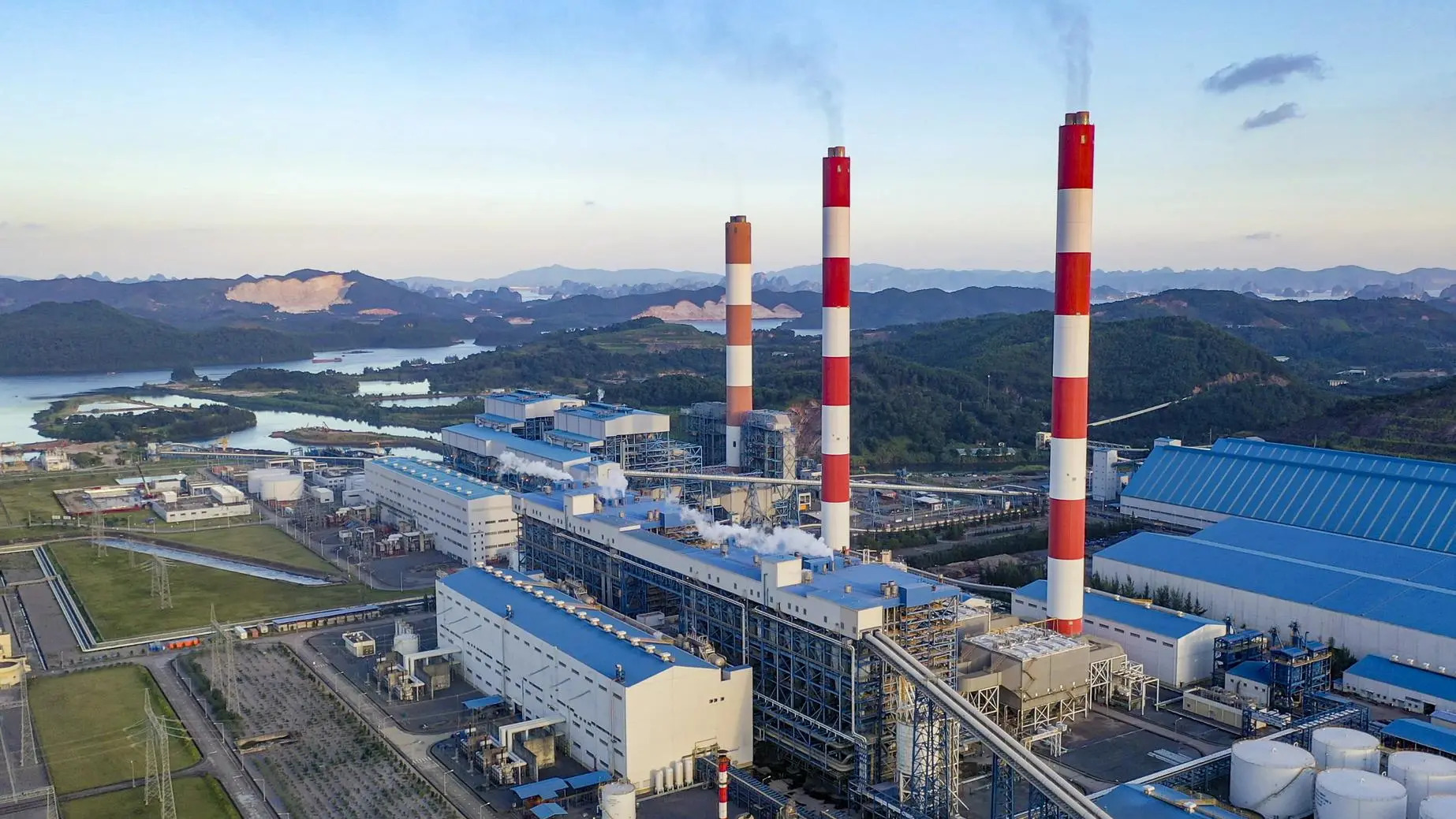Transition pathways for Vietnam’s major coal-thermal power plants
March 28, 2024

Ha Noi, March 28, 2024 - The United Nations Development Programme (UNDP) Viet Nam hosted a technical meeting about the transition from coal-thermal power generation to sustainable alternatives. The objective of this technical meeting is to provide updates on the transition of coal-thermal power plants, international experience on Best Available Technology (BAT), costs, benefits, and potential impacts of the transition, and discuss various options for the decommissioning, repurposing, and refurbishment of different types of coal-fired power plants. The meeting helps to facilitate the connection between project developers/ power plant owners with potential investors and financial institutes to explore opportunities for future investment in coal phasing out.
This meeting convened critical stakeholders from across the spectrum, including government bodies, members of the International Partners Group (IPG) and GFANZ, coal-fired power plants, financial institutions, banks, investors, development partners, and NGOs, to discuss the findings of a comprehensive case study. The study explored viable transition pathways for Vietnam’s major coal-thermal power plants—namely Pha Lai, Cao Ngan, and Van Phong—assessing the potential impacts, costs, and benefits of various energy conversion options. Strategies such as biomass co-firing, LNG conversion, and the integration of renewable resources were evaluated alongside innovative technologies like Battery Energy Storage Systems (BESS) and Carbon Capture, Utilization, and Storage (CCUS). The representative of ADB also presented the experience with Indonesia and the Philippines in Energy Transition Mechanism. The World Bank representative shared their initial research results for repurposing of Ninh Binh coal-fired power plant.
The report on Pha Lai includes two coal-fired thermal power plants: Pha Lại 1 and Pha Lại 2. Pha Lai TPP 1 is the oldest of the thermal power plants, operated for approximately 40 years, with a capacity of 440MW. It is on the list of decomissioning in compliance with Decision 500/QD-TTg. The study has proposed the possibility of integrating suitable transition technology to cleaner technology, such as flexible gas turbine units combined with BESS and solar power or BESS combined with solar power and SynCON. Meanwhile, Pha Lai 2, with a capacity of 600MW and 23 years of operation, is also required to be changed. Some pathways considered for Dat Lai 2 include NH3 co-firing or flexible gas turbines, BESS combined with flexible gas turbines and solar power, or BESS combined with gas turbines and SynCON. These strategies are not only environmentally beneficial by significantly reducing GHG emissions but also crucial for enhancing the energy security and sustainability of the region.
In the case of Cao Ngan, the location is central to Thai Nguyên city; stricter environmental standards would be required. The study emphasized the plant’s capacity for integration with renewable energy sources. It pointed to the potential for a seamless blend of solar and wind energy into the existing power generation system, enhanced by innovative Battery Energy Storage Systems (BESS) and Carbon Capture, Utilization, and Storage (CCUS) technologies. This approach could be a model for balancing energy production with environmental conservation.
The Van Phong 1 BOT Coal-fired Power Plant, a new and largest coal-firing power plant, is at a convenient location for integrating Solar PV, cofiring biomass, and coal to change to biomass firing completely. The analysis delved into various transition options, including the pioneering use of small-scale nuclear power and the repurposing of the plant to accommodate emerging technologies. The plant is near the Phu Khanh oil reservoir, which can be used for CO2 storage and isolation. Such transformative measures align with Vietnam’s emission reduction goals and promise to invigorate local economies and spur technological innovation. However, legal issues related to the BOT contract will arise with any proposed solution, requiring renegotiation.
The participants also discussed international best practices, technological advancements, and financing models to support Vietnam’s energy transition at the meeting. “Our dependence on coal-fired power generation poses significant challenges to sustainable development and energy security. Phasing out unabated coal is a must not a choice for decarbonizing Vietnam’s Economy and achieving Net-zero emissions,” stated Ramla Khalidi, UNDP Vietnam’s Resident Representative. She also emphasized the importance of concerted efforts to mitigate these challenges and the need for a just and inclusive transition.
“A sizeable number of workers employed directly or indirectly by coal mining activities, transportation, and power generation, particularly across remote areas, may be impacted by a coal phaseout. It is important to provide support on re-training and re-skilling for affected workers and communities, and essential to ensure their engagement and benefiting from the transition process,” she said.
As Viet Nam is towards achieving net-zero emissions by 2050, the outcomes of this technical meeting are anticipated to significantly contribute to shaping a just and equitable energy transition in Vietnam and beyond.
For media inquiries, please kindly contact:
Phan Huong Giang,
UNDP Media and Communications Analyst, Climate Change and Environment
Email: phan.huong.giang@undp.org
Mob: 0948466688

 Locations
Locations


